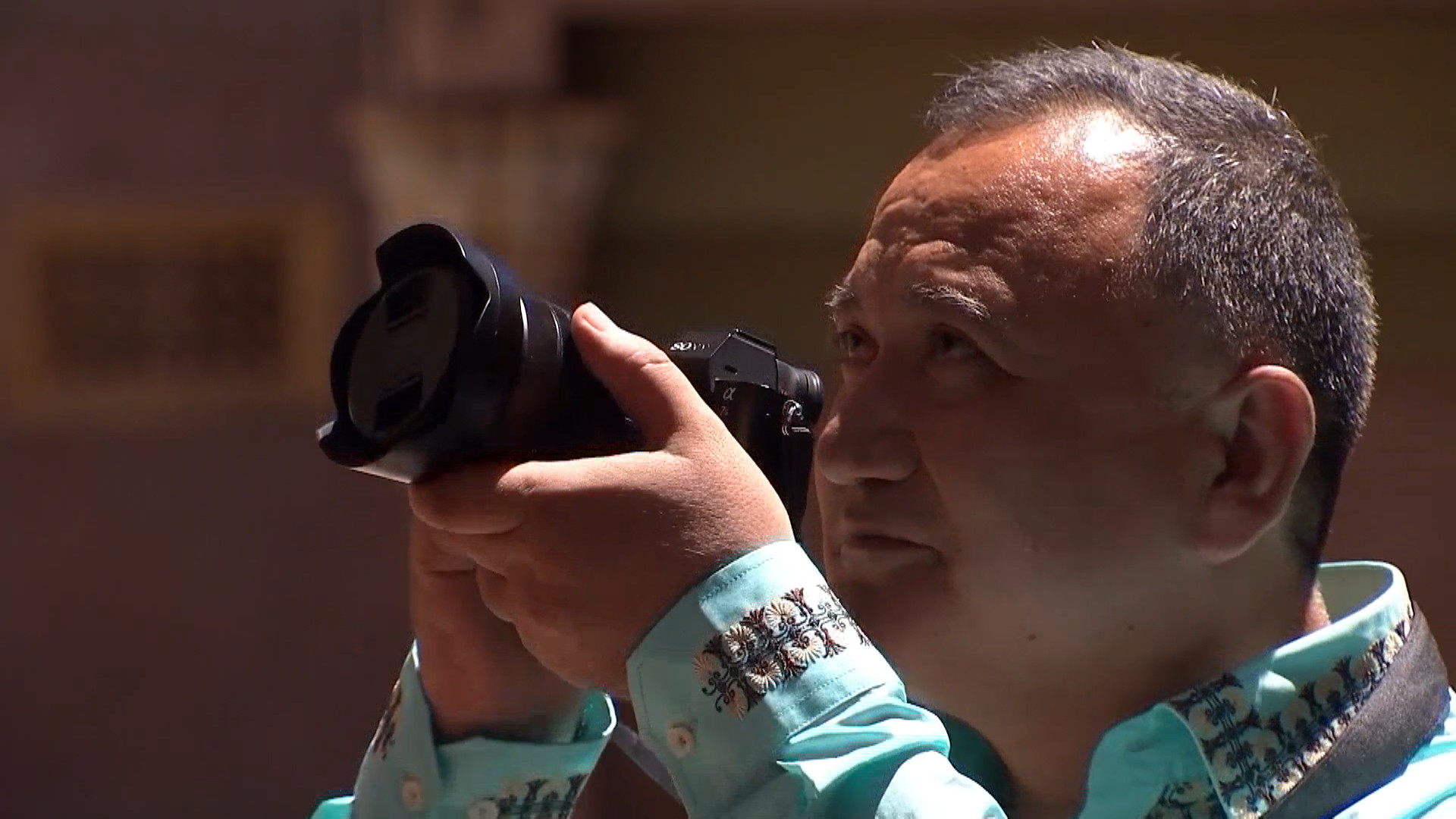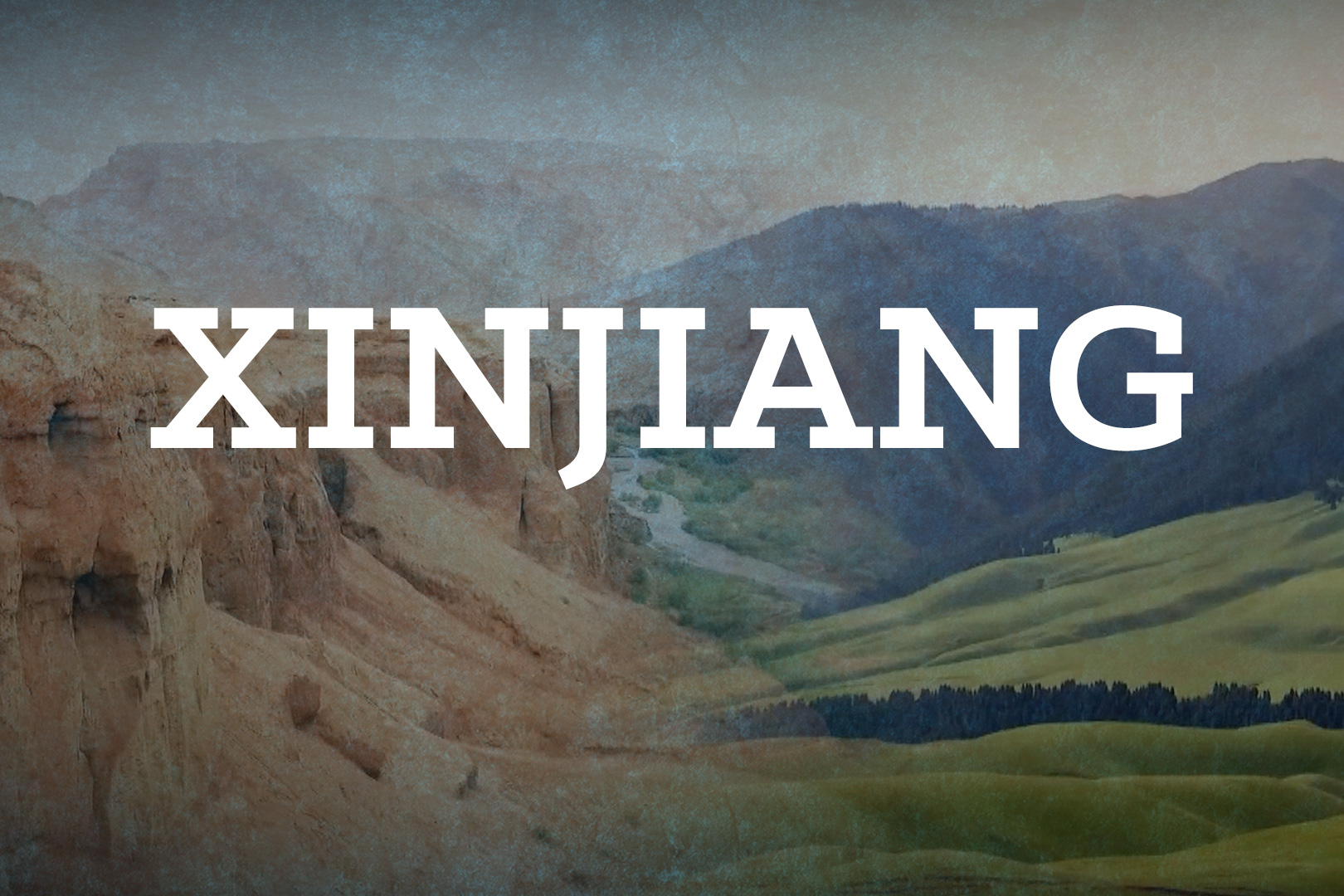From the series XINJIANG: Exploring China’s new frontier
The city of Kashgar is located where the Taklamakan Desert meets the Tianshan Mountains. For more than a thousand years, it was a key hub along the ancient Silk Road, connecting China’s Yellow River Valley with India and the Mediterranean. Kashgar is also known for its Uyghur-style homes. The government has pledged to improve living conditions. But there are also concerns that urban renewal means the death of tradition. Reporter Han Bin looks how modernization is transforming the city, and the efforts of society to preserve its character.

Some things haven’t changed in Kashgar’s Old City. The majority of the houses have been renovated, but here in the Gaotai ancient residential area, the Uyghur style still dominates.
Twenty-six-year-old Rustam Abudueni lives here with his parents. His home is one of the nearly 500 households which have withstood the changing times. So far.
“This is where we have lived for generations. I hope the houses will be reinforced, so that we can continue to stay here forever,” Rustam said.
This small section of the Old City is preserved as a showcase of Kashgar’s past. But the houses are dilapidated.
We’ve been told that the old sections of Kashgar are the best example of the traditional Islamic city to be found anywhere in Central Asia.

The traditional Uyghur architectural style is usually closed to the outside, but has an internal open courtyard-style layout, like having a big front hall with a skylight. The façade is often simple and plain.
To walk through the narrow lanes of the old city is to walk through living history, and in the tiny alleys, one can walk straight into people’s lives.
Kashgar is changing – right down to the centuries-old adobe.
The government aims to stabilize the old houses, and promises better living conditions. Renovation began seven years ago, but where has the traditional architecture–and its wisdom–gone?
Forty-six-year-old Askar Mollahun is a senior architect who is passionate about the Old City. Askar says like many cities, Kashgar has in some ways lost its old style to progress.
“The neighborhood layout of the Old City represents a free style of combination, but there is a very harmonious interlacing of some spaces. Most rooms are connected. There are different levels of scattered buildings, with space changes and a lot of lighting changes.”

46-year-old Askar Mollahun is a senior architect. He says, like many cities, Kashgar has in some ways lost its old style to progress.
Askar has taken part in the renovation. He thinks it’s his best chance for keeping the best of the Old City – and wants Kashgar to remain a vibrant hub of Uyghur culture.
“As urbanization speeds up across the country, many traditional villages and historical sites or constructions are disappearing,” Askar said. “Through my years of research, I’ve found there are still quite a number of valuable traditional neighborhoods and communities that need immediate protection.”

Old sections of Kashgar are the best example of the traditional Islamic city to be found anywhere in Central Asia.
Renovation seems inevitable. Building the new is a trend most Chinese cities are pursuing.
Rustam wants to stay in the old houses, though he doesn’t know how long they can stand. He says moving to a modern building will be like putting his pigeons in cages.
But living in the Old City gives his spirit freedom to soar.
 CGTN America
CGTN America


